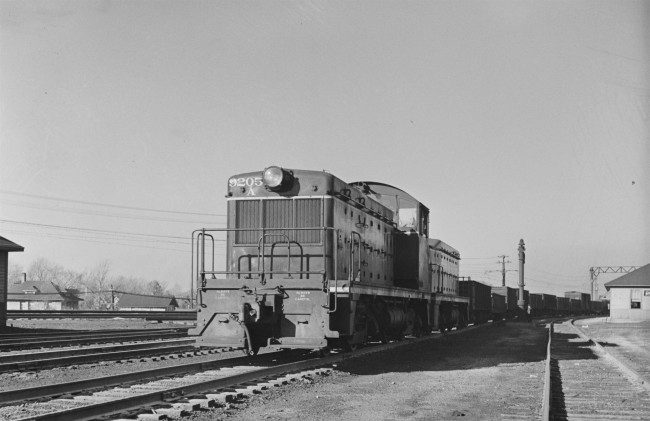Inducted 2008
Samuel J. Hungerford, President of the Canadian National Railway in 1934, and C.E. Brooks, Chief of Motive Power of the CNR, invented the first practical internal combustion electric locomotive. It made its historic run from Montreal to Toronto on September 26, 1929. The No. 9000 was the first engine to successfully prove the feasibility of internal combustion electric drive for railways.
Mr. Brooks had commented that steam locomotive power was not as profitable as it had been in former times because of rising fuel costs and serious competition with road transport. An article of the time in Canadian National Railways Magazine (September 1925,) detailed the excursion and the new technology.
To operate the engine, oil fuel was used which drove the electric generator, turning the traction motors and then turning the wheels. The technology differs from the steam engine because the fuel is burned within the cylinder rather than in an external boiler. This was the beginning of Diesel locomotion. The Diesel engine depended upon high cylinder compression, approximately 450 pounds per square inch to ensure the combustion of the fuel and the fuel was sprayed into the cylinders at pressures of approximately 8,000 pounds per square inch. An original four-cylinder engine was small, producing 185 h.p. at 700 revolutions per minute and the larger car, eight cylinders, 340 h.p. at 650 revolutions per minute. Both engines were self-governed, running at constant speeds and cooled by water.
This invention signaled the end of steam locomotive based rail systems.


